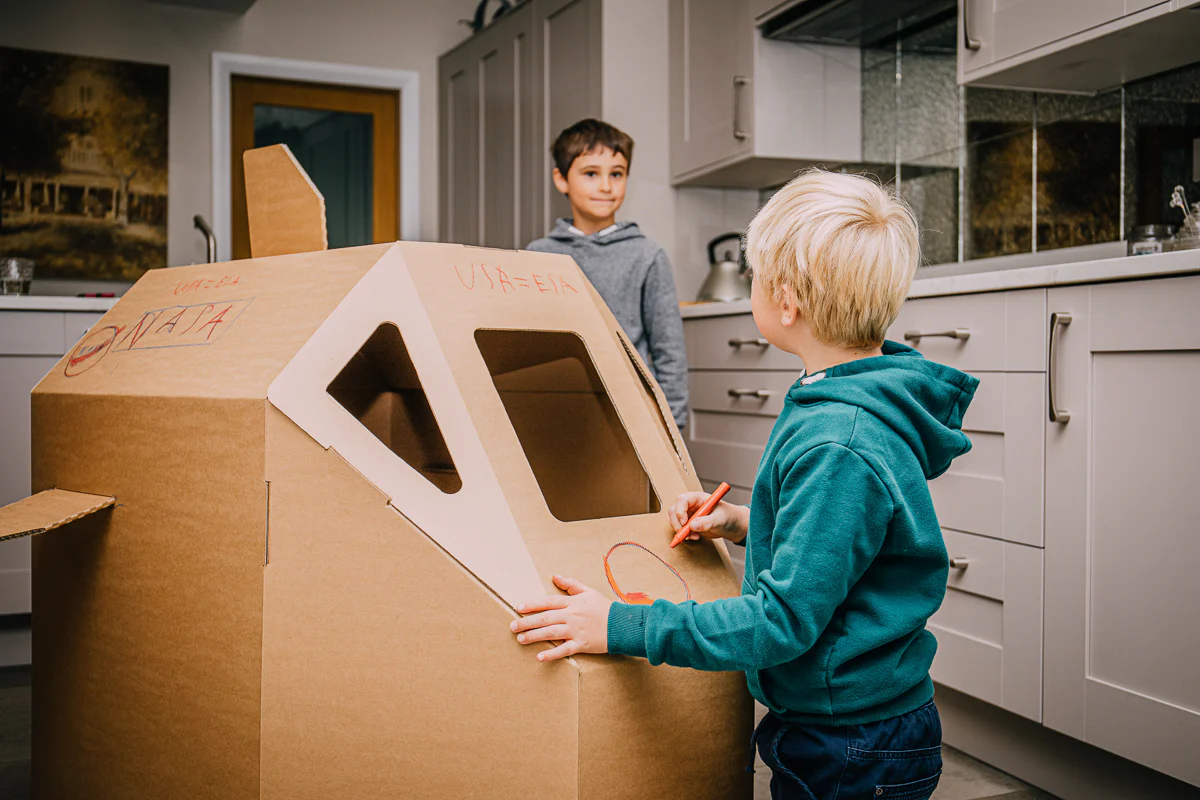When it comes to innovation and creativity, the possibilities seem endless. But have you ever wondered if it’s possible to create something as complex as a rocket using just cardboard and tape? In this blog post, we’re going to explore this intriguing idea and see if it’s more than just a flight of fancy.
The Fascination with DIY Rockets
A Brief History
Humans have always been fascinated by the idea of exploring space. From ancient civilizations gazing at the stars to modern-day space missions, the allure of what lies beyond our planet has captivated our imagination. With the advancement of technology, space exploration has become more accessible, but the idea of building your own rocket remains a dream for many.
DIY Rocketry Communities
Surprisingly, there exists a thriving community of DIY rocket enthusiasts who are constantly pushing the boundaries of what’s possible. These hobbyists, often referred to as “rocketeers,” come from all walks of life and share a passion for building and launching rockets of all shapes and sizes. While some may opt for store-bought kits, others prefer to design and construct their rockets from scratch, using materials ranging from PVC pipes to, yes, cardboard and tape.
The Materials: Heavy Duty Cardboard Tubes and Tape
Heavy Duty Cardboard Tubes
Heavy duty cardboard tubes are often used in various industries for packaging, shipping, and storage. These tubes are made from sturdy materials that can withstand considerable pressure and weight, making them ideal for constructing the body of a rocket. With the right design and reinforcement, these tubes can provide the structural integrity needed for a successful launch.
Tape
Tape may seem like a humble material, but when used strategically, it can be surprisingly strong and durable. For DIY rocket builders, tape serves as the adhesive that holds everything together. From securing fins to reinforcing seams, tape plays a crucial role in ensuring that the rocket remains intact during liftoff and flight.

The Challenges of Building a Cardboard and Tape Rocket
Structural Integrity
One of the primary challenges of building a rocket out of cardboard and tape is ensuring structural integrity. Cardboard, while sturdy, may not be able to withstand the forces exerted during liftoff and flight without proper reinforcement. Additionally, tape alone may not provide enough strength to hold the various components together. Therefore, careful design and engineering are essential to ensure that the rocket can withstand the rigors of launch.
Aerodynamics
Another challenge is achieving proper aerodynamics. Unlike professional rockets, which undergo extensive testing and optimization, DIY rockets often rely on trial and error. Ensuring that the rocket is aerodynamically stable and can maintain a straight trajectory is crucial for a successful launch and recovery.
Success Stories and Inspirations
JAXA’s Origami Spacecraft
Believe it or not, the concept of using paper-based materials for space exploration isn’t as far-fetched as it sounds. In fact, the Japan Aerospace Exploration Agency (JAXA) has developed origami-inspired spacecraft prototypes made from lightweight materials such as paper and plastic. While these paper tubes for crafts advanced than a simple cardboard and tape rocket, they demonstrate the potential of unconventional materials in aerospace engineering.
DIY Rocket Challenges
Every year, various organizations and communities host DIY rocket challenges where participants are tasked with designing and launching rockets using limited resources. These challenges not only showcase the ingenuity of amateur rocket builders but also provide valuable insights into the feasibility of using unconventional materials for space exploration.

Conclusion: Dreaming Big and Thinking Outside the Box
In conclusion, while building a rocket out of cardboard and tape may seem like a far-fetched idea, it’s not entirely impossible. With the right materials, design, and engineering, amateur rocket enthusiasts have proven time and again that anything is possible with enough creativity and determination. So, if you’ve ever dreamed of reaching for the stars, why not start by building your own DIY rocket? After all, the sky’s the limit when it comes to imagination and innovation.








